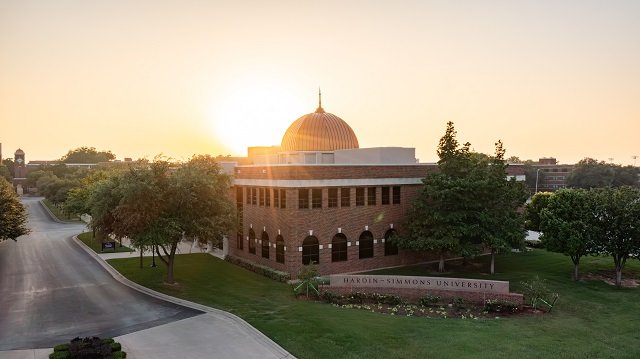COVID-19 Academic Safety Protocols
Please note that these protocols are subject to change based on future updates from city, state, and federal health authorities.
Academic Buildings
Hand-sanitizing dispensers will be available inside the main entrances to buildings. Everyone will be encouraged to use ADA openers, which can be pushed with the elbow, rather than the door handles, and to maintain appropriate physical distancing.
Face Coverings
Everyone will be required to wear face coverings in the common areas and classrooms of all academic buildings, though they will not be required in private offices when students are not present. The syllabus addenda will include the face coverings policy, along with instructions for students not to come to class if experiencing any listed symptoms of COVID-19 and to self-isolate until, according to then-current CDC guidance, it is safe to be around others.
Faculty may remove their face coverings to teach if a minimum distance of six feet can be maintained between the instructor and the students. Face shields will be available to faculty and a limited number of lapel mics, but the use of these is not required.
Online/Remote Options
Faculty members, in consultation with the department head and dean, may choose to teach any assigned course online or remotely (synchronously) as the nature of the course allows. Students will be alerted to any changes in the delivery of their courses to allow them to consider other options. The faculty will decide the method of delivery by July 24 and these changes will be communicated to the students by July 27th.
The fall semester will continue until December 10, but each faculty member, working with the relevant department head and dean, may choose not to have any face-to-face course components after the Thanksgiving break. Generally, students may return after the break at their option whether or not some or all of their classes have a post-break face-to-face component, but, because some internships, clinicals, and programs may require a return to campus, students should check with their advisor or program director.
For face-to-face classes, a remote option must be available for each class period to accommodate students who test positive for COVID, have been exposed, are experiencing symptoms, or elect not to return to campus after Thanksgiving break. This option would include any presentation slides or materials used and a recorded lecture or class notes. Faculty must make exams and quizzes available online. Because some academic programs require particular software and a webcam, students should consult with their instructor, advisor, or program director about software and hardware requirements.
Subject to availability, students will be permitted to take as many online or remotely taught classes as are consistent with program requirements and recommendations, paying the same block tuition as for face-to-face classes — which for most students is the university’s lowest tuition option.
Classrooms
Physical distancing will be practiced with chairs or desks spaced six feet apart and rooms filled to no more than 50% of seating capacity. Sanitizing wipes will be available to students to wipe down their desktops and chairs before class begins.
Dealing with lessened classroom capacity
If the enrollment in a face-to-face class is too large to allow appropriate physical distancing:
- Subject to availability, the class will be moved to a room large enough to allow for physical distancing, possibly a nontraditional room without traditional desks.
- If a sufficiently large classroom is not available, the class will be converted to an online or remote format, or to a hybrid format that would split the class for lectures and put no more than the appropriate number of students in the classroom at any one time.
Laboratory courses
Laboratory courses will have physical distancing policies structured around their unique requirements, and students should consult their laboratory professors regarding those policies.
Tutoring
Tutoring will be available through Zoom or another videoconferencing platform rather than face-to-face.
Office hours
Faculty members should make themselves available to students and respond promptly to student calls or emails, usually within 24 hours. They will be required to maintain posted office hours but will not be required to physically be in their office during those hours or to meet face-to-face. Except in cases where both the student and the faculty member choose to meet in-person — in which case both will be required to wear face coverings and to maintain physical distancing — meetings with students will be by phone, computer, or a teleconferencing platform.
Faculty meetings and committee meetings
Meetings will be conducted through Zoom or another videoconferencing platform.
Technology
To facilitate the use of large, nontraditional rooms as classrooms, online testing, and the possible closure of computer labs, each student will be required to have a laptop computer capable of running Office 365. Chromebooks are known to be insufficient for online testing. Some programs — art, mathematics, or computer programming, for example — may require computers that meet different or additional requirements, so students should check with their advisor.



